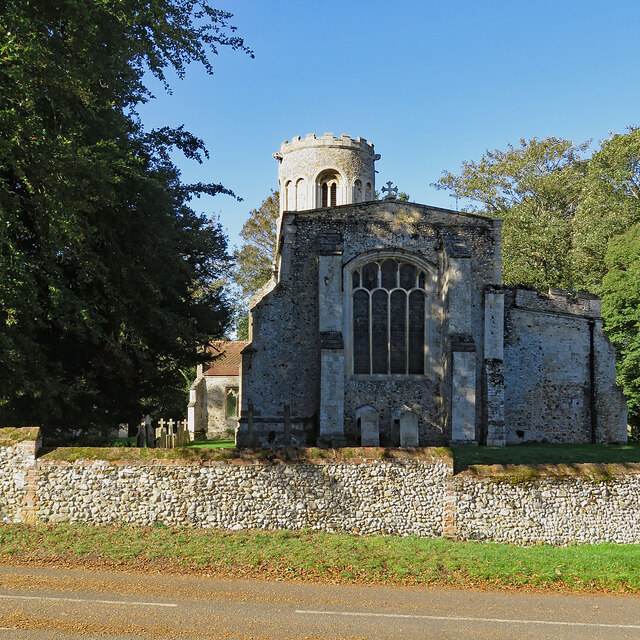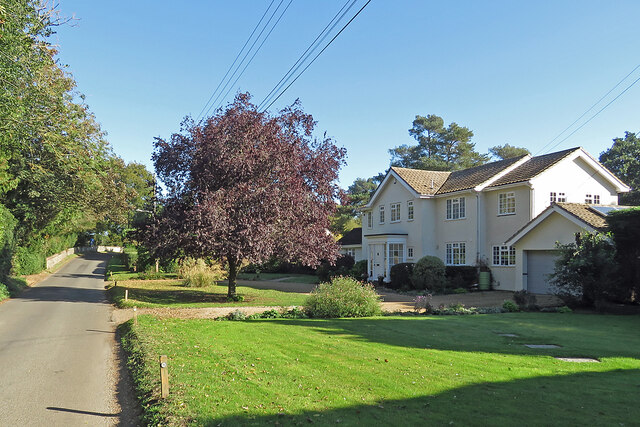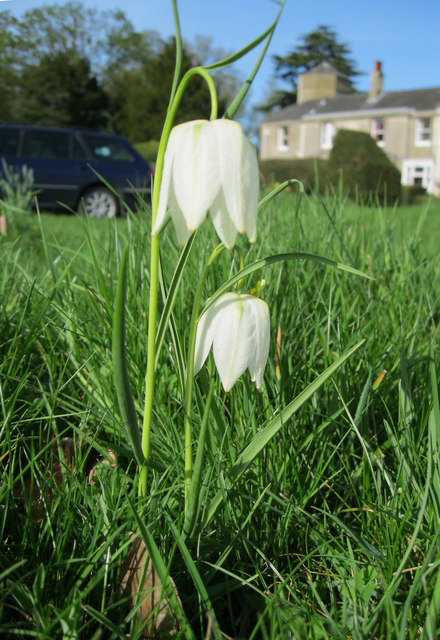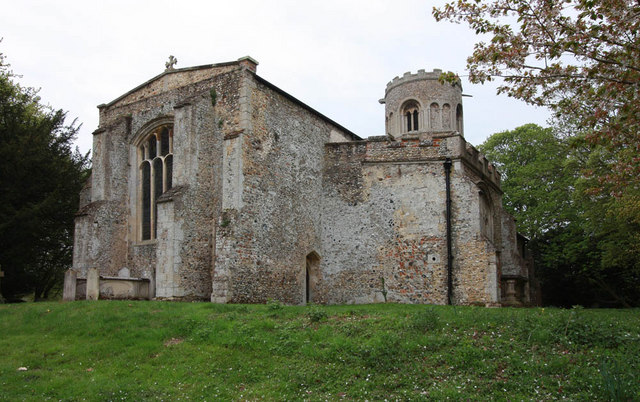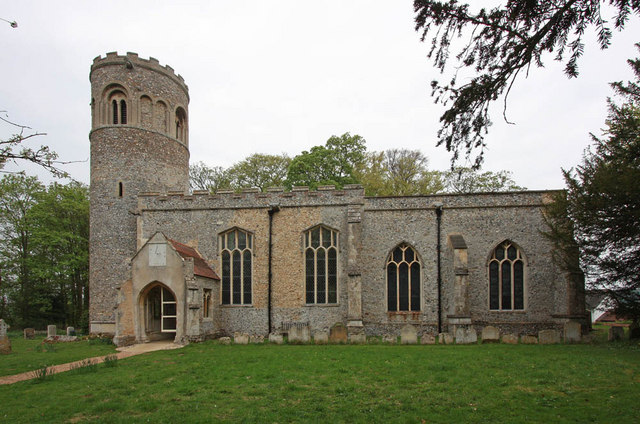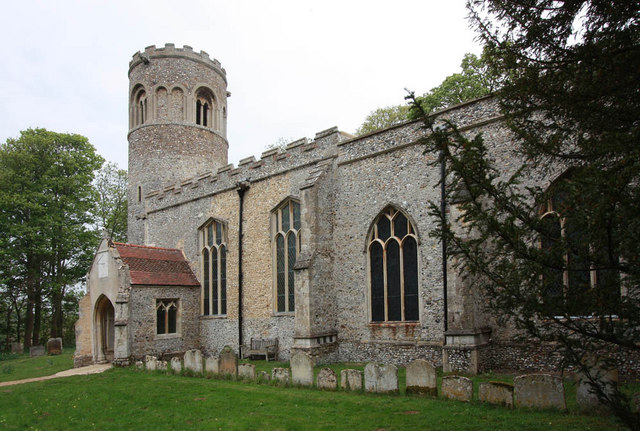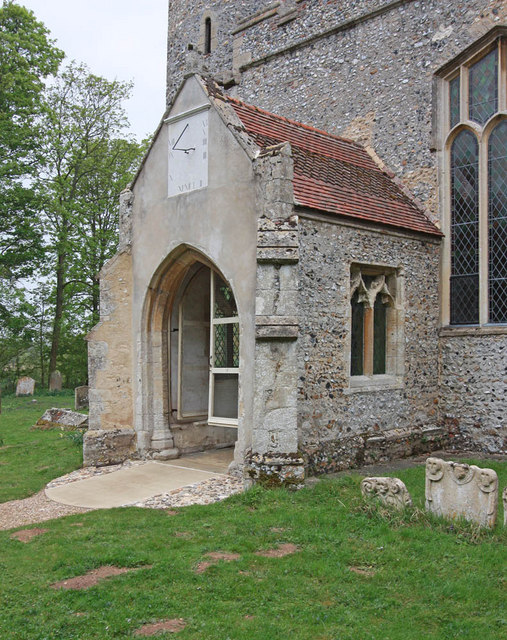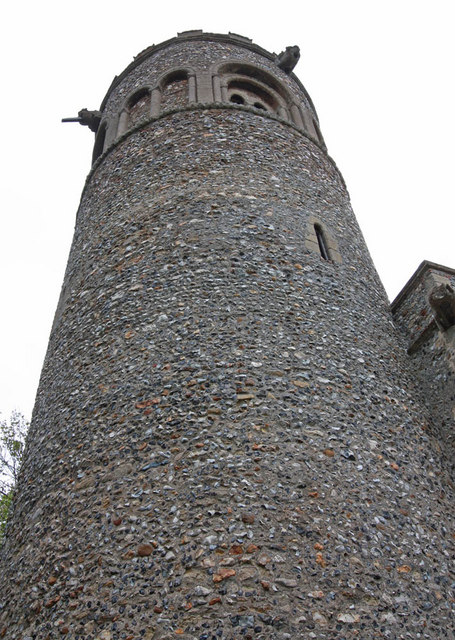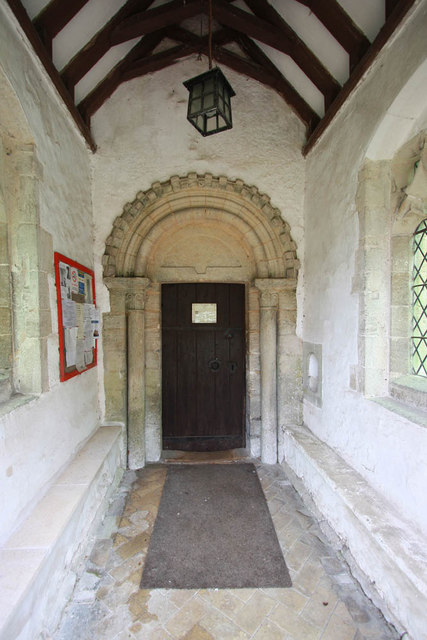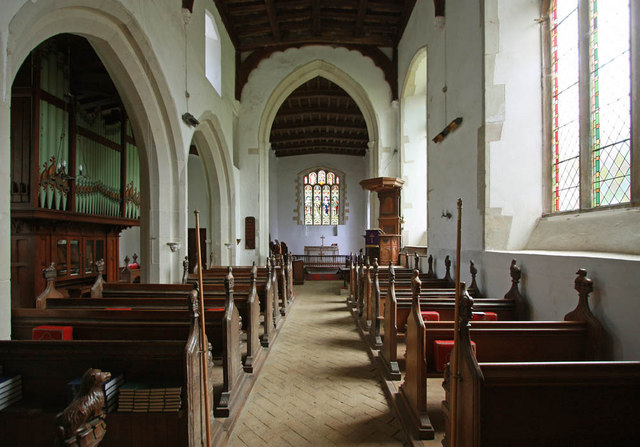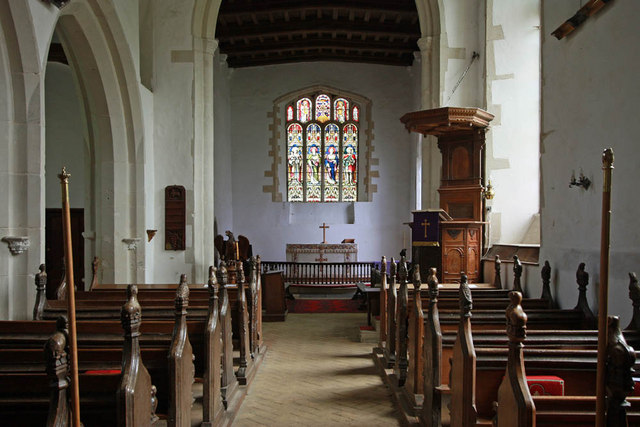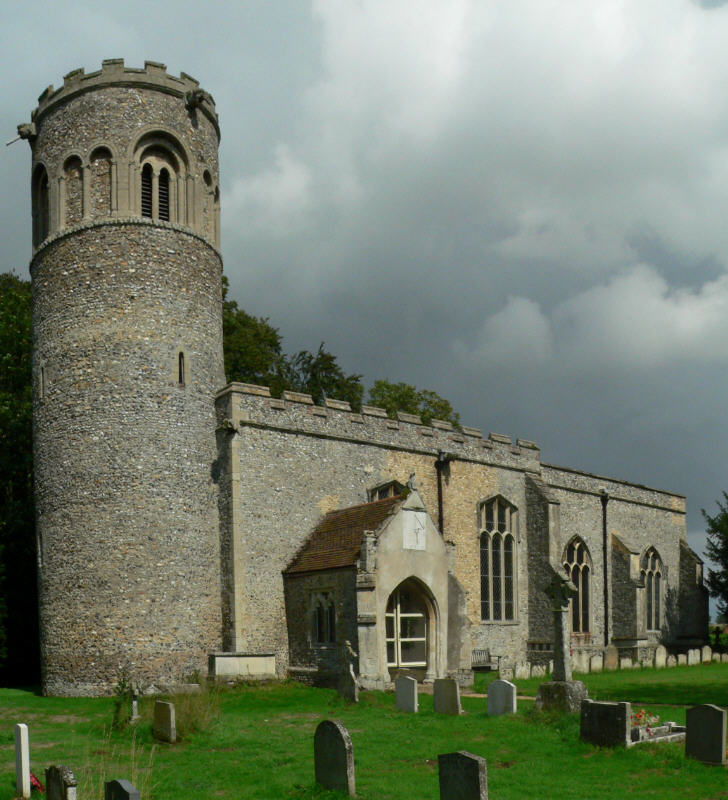Coachroad Plantation
Wood, Forest in Suffolk West Suffolk
England
Coachroad Plantation
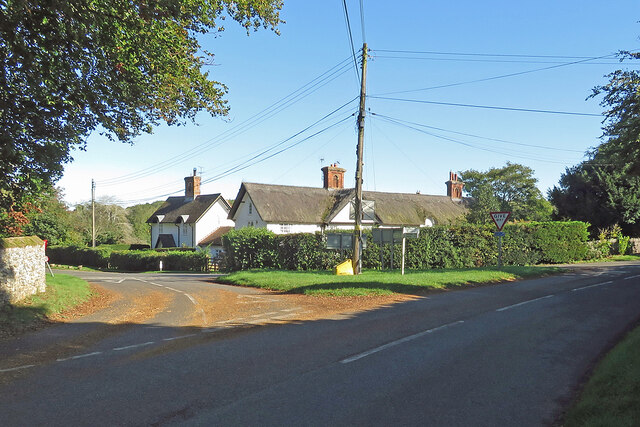
Coachroad Plantation is a picturesque woodland located in Suffolk, England. Situated in the heart of the county, this expansive forest covers approximately 500 acres of land. The plantation is known for its rich biodiversity, ancient trees, and tranquil ambiance.
The woodland is primarily composed of native tree species such as oak, beech, and birch. These majestic trees create a dense canopy that provides a haven for a wide variety of wildlife. The forest floor is covered with a diverse array of plants, including bluebells, ferns, and mosses, adding to the enchanting atmosphere.
Coachroad Plantation is a popular destination for nature enthusiasts and outdoor enthusiasts alike. The forest offers numerous walking trails, allowing visitors to explore its natural beauty. These paths wind through the woodland, offering stunning views of the surrounding landscape and glimpses of wildlife, including deer, foxes, and a wide variety of bird species.
The plantation also has a rich historical background, with evidence of human activity dating back centuries. The remnants of old pathways, walls, and ditches can still be found within the forest, adding to its charm and sense of heritage.
Overall, Coachroad Plantation is a captivating woodland that offers a peaceful retreat from the hustle and bustle of everyday life. Its natural beauty, diverse wildlife, and historical significance make it a cherished destination for both locals and visitors to Suffolk.
If you have any feedback on the listing, please let us know in the comments section below.
Coachroad Plantation Images
Images are sourced within 2km of 52.236867/0.6454538 or Grid Reference TL8063. Thanks to Geograph Open Source API. All images are credited.

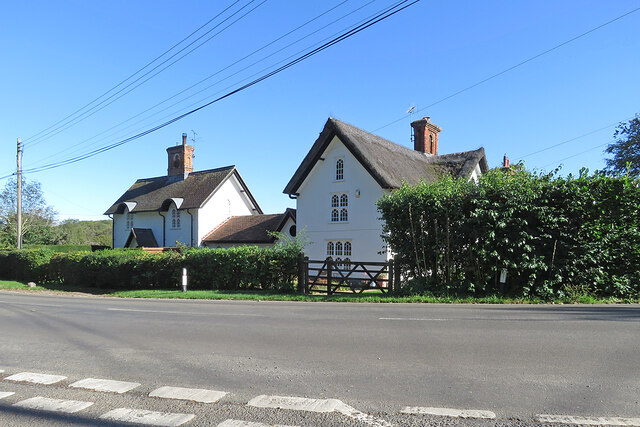
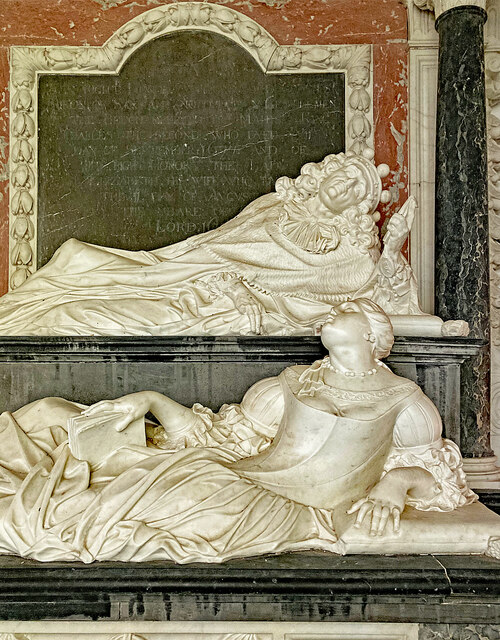
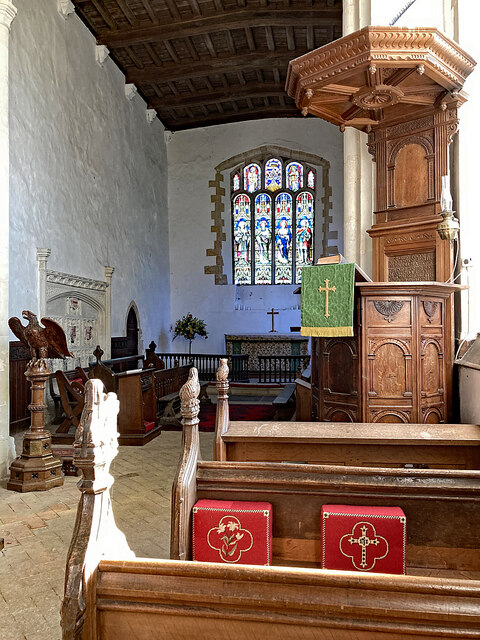
![Little Saxham: St Nicholas &quot;The most spectacular Norman round tower in Suffolk,&quot; wrote Nikolaus Pevsner. &quot;Round the top a rhythmical order of arches on columns. In the four main directions they hold deeply recessed two-light bell-openings, in the diagonals two lower blank arches. Billet frieze along the sill level.&quot; The Perpendicular &quot;nave and chancel S sides [have] uncusped, rather bald tracery,&quot; he opined.](https://s3.geograph.org.uk/geophotos/07/62/53/7625363_c0c2ed83.jpg)
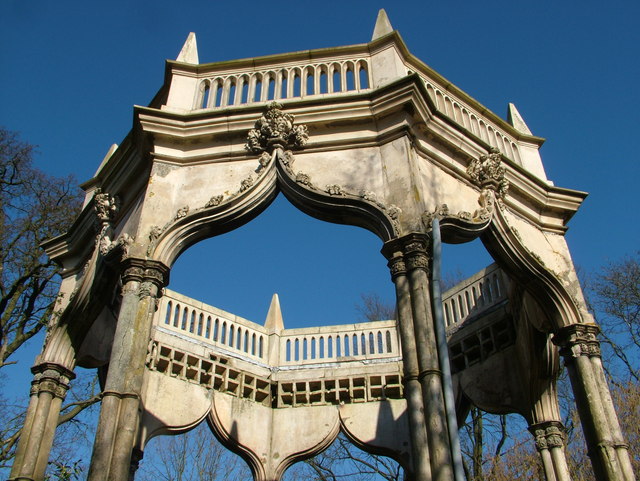
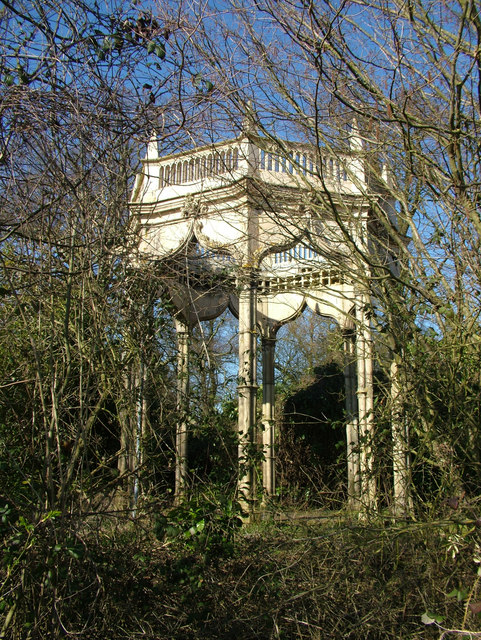
Coachroad Plantation is located at Grid Ref: TL8063 (Lat: 52.236867, Lng: 0.6454538)
Administrative County: Suffolk
District: West Suffolk
Police Authority: Suffolk
What 3 Words
///awakes.attitudes.drumbeat. Near Bury St Edmunds, Suffolk
Nearby Locations
Related Wikis
Little Horringer Hall
Little Horringer Hall is a Grade II-listed house in Horringer, Bury St Edmunds, Suffolk, England.There has been a hall in this location since the 17th...
The Saxhams
The Saxhams is a civil parish in the West Suffolk district of Suffolk in eastern England. Located around two miles west of Bury St Edmunds, the parish...
Thingoe Hundred
Thingoe was a hundred of Suffolk, consisting of 31,850 acres (128.9 km2).One of the smaller hundreds of Suffolk, around 9 miles (14 km) wide and 11 miles...
Little Saxham
Little Saxham is a village and former civil parish, now in the parish of The Saxhams, in the West Suffolk district, in the county of Suffolk, England....
Ickworth House
Ickworth House is a country house at Ickworth, near Bury St Edmunds, Suffolk, England. It is a neoclassical building set in parkland. The house was the...
St Mary's Church, Ickworth
Ickworth Church (more formally known as St Mary's Church, Ickworth) is a former parish church in Ickworth Park near Bury St Edmunds in Suffolk, England...
Thingoe Rural District
Thingoe Rural District was a rural district in the county of West Suffolk, England between 1894 and 1974. It was named after the ancient Hundred of Thingoe...
Westley, Suffolk
Westley is a village and civil parish in the West Suffolk district of Suffolk in eastern England. It is located south of Junction 42 of the A14 providing...
Nearby Amenities
Located within 500m of 52.236867,0.6454538Have you been to Coachroad Plantation?
Leave your review of Coachroad Plantation below (or comments, questions and feedback).
